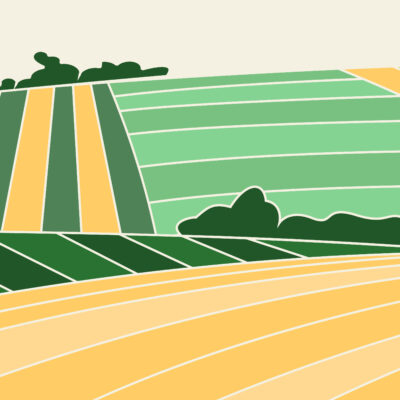Jane Howard gets to the bottom of an all-male embryo conundrum
Ne’er cast a clout till May is out. An old English proverb which I casually threw into the conversation while riding along some especially beautiful country lanes with my friend Jilly. She was however surprised to learn that the saying does not refer to the month of May but to May the other name for clouds of white hawthorn blossom that is everywhere at this time of year. And if you’re interested in all that oldie Englande stuffe, then you might also want to know that way back then clout had many meanings, most commonly used when giving someone a great thump on their head, but also a piece of cloth or clothing. Hence ‘Ne’er cast a clout till May is out’ does in fact mean don’t take off your winter woollies till the hawthorn is out! This year however we have all had to make an exception. The last few weeks of April have been glorious, T-shirt weather, so I definitely cast my clout too early and enjoyed every minute of it. And I haven’t minded one bit getting up in the middle of the night when I’ve been on the late lambing and calving shift, to enjoy the dawn chorus, watch the sun come up and, one morning, Mother Nature even threw in a 4am eclipse of the moon. All very special. But we’ve finished lambing now and only have a few more calves to go. But here’s a strange thing, we’ve had fourteen so far, out of sixteen, and all but one have been bull calves. What on earth is going on?
As we all know, at conception there’s a fifty per cent chance of it being a male embryo and a fifty per cent chance of it being a female.
I haven’t minded one bit getting up in the middle of the night when I’ve been on the late lambing and calving shift, to enjoy the dawn chorus, watch the sun come up and, one morning, Mother Nature even threw in a 4am eclipse of the moon.
So you can expect about half and half, and while some years it’s a few more of one than the other, over the years it does indeed balance out.
But thirteen out of fourteen does seem a bit extreme and must, I feel, warrant further investigation as to the reasons.
And I found it (what did we do before the Internet!) According to the Trevis-Willard Hypothesis, at conception there will indeed always be an equal number, but something can then happen to make the male embryos more successful than the female ones. The things that influence this are whether she had a male calf the last time around, though no one seems quite sure why that might be, what her BC score was at mating (BC is a body condition score that goes from 1, very thin to 5 very fat) and the plumper the cow the more likely she is to carry a bull.
And then there’s the weather. If the sun shines, the rain falls softly and the grass is lush and plentiful then more bulls will be born nine months later – but this is probably because the cows will then be fatter and BC will have an impact. As you can imagine, Messrs Trevis and Willard studied a herd of 500 dairy cows over several years to create their hypothesis, so sixteen cows at Coopers Farm for one year is hardly statistically sound but whatever, let’s hope the spring grass is lush keeping them plump for when the bull goes back later this month and next year may be a pinker one than this. And it would be nice if the last two were heifers.
You may also like
Small changes big results
Nutrition & Lifestyle Coach Charlotte Lauexplores the benefits of daily mindful breaths As December gathers pace; with festive plans, full diaries and the year’s final push, it’s common to feel stretched, scattered… and running on empty! But one of the...
Festive Feelings
Sarah Maxwell gives her tips and exercises to help you relax during the hectic Christmas holidays Unwrap some calm this Christmas season with a wellbeing gift of Yoga poses and de-stress breathing techniques to keep you in top shape both...
Farm Fables
Jane decides that she’ll leave the foraging to the experts in future December is all about feasting and this year I’ve been busier than usual prepping some seasonal treats. As mentioned in the autumn, it has been a Mast year...











